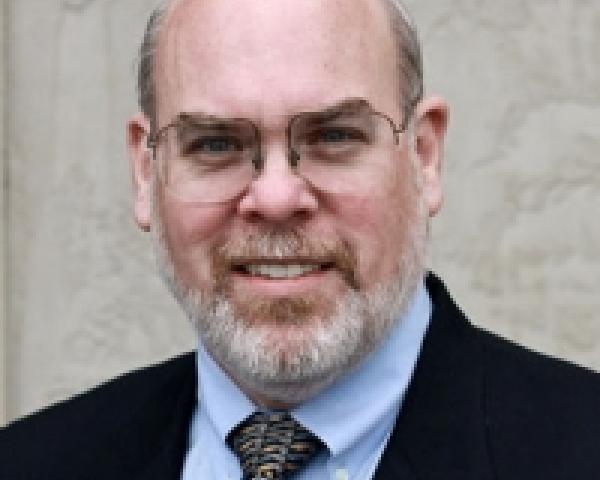"Transformation" is fast becoming the next overused word in insurance, right behind "digital" and "innovation." But the fact that so many commercial lines insurers are talking about transformation indicates a reality – there is definitely fundamental change underway. It is true that the basics of the business remain the same, and many of the headline-grabbing initiatives are not yet driving big financial gains. But in those headlines and the behind-the-scenes strategies and pilots underway, there is a palpable sense of real transformation. And it is changing the industry for the better.
SMA’s recent research report, 2020 Strategic Initiatives: P&C Commercial Lines, provides more insight into this transformation. It addresses both what insurers are doing and why they are doing it. The why discusses the factors compelling insurers to embark on transformation, while the what covers insurer strategies and plans and their stage of development. Great progress is being made in the overall digital transformation as well as a dozen other initiatives ranging from improving customer engagement to building world-class data/analytics capabilities.
SMA’s observation from working on strategy with insurers is that there are actually two levels of transformation underway. We divide this bi-level transformation of commercial lines into approaches we call incremental and transformational.
Incremental transformation, Level One, is beyond business as usual. It is not just developing next year’s plans to improve the business on a continuing basis, with gradual, minor improvements to the metrics. It is more about harnessing innovation to generate ideas and approaches, take more risks, establish new roles such as customer experience or chief data officers and begin to change the culture. The objective is to accelerate the optimization of the business and achieve top-line and bottom-line results faster and at a higher level. However, at the incremental level, all activity is done in the context of the current business model and builds off of today’s growth and profitability.
See also: Commercial Lines Embracing Change
At Level Two, the transformational level, revolutionary change takes place. The objective is nothing less than relevance and future survival. In this mode, insurers are looking at how to create value in new ecosystems, engage in new types of partnerships and achieve the next level of optimization. Considering new business models; rethinking the future roles of underwriters, adjusters and other industry professionals; and designing insurance products to address emerging risks are all part of this level of transformation. By definition, this more “earth-shaking” transformation is a greater challenge because it requires a broader understanding of the rapid changes taking place in the world at large and then translating them into likely scenarios for insurance. Bolder bets are required as part of the risk/reward equation.
What is clear is that many insurers that thought they were undergoing major transformation are now realizing that they are at Level One (incremental transformation). Leaders are trying to kick it into high gear as they launch initiatives to drive Level Two transformation. This is not to imply that the incremental transformation ends. On the contrary, it is still vitally important that insurers push forward with the incremental improvements to the business while working in parallel on more transformative activities. It is a difficult balancing act, but those that successfully move down these paths in parallel will be the winners in the next decade.








